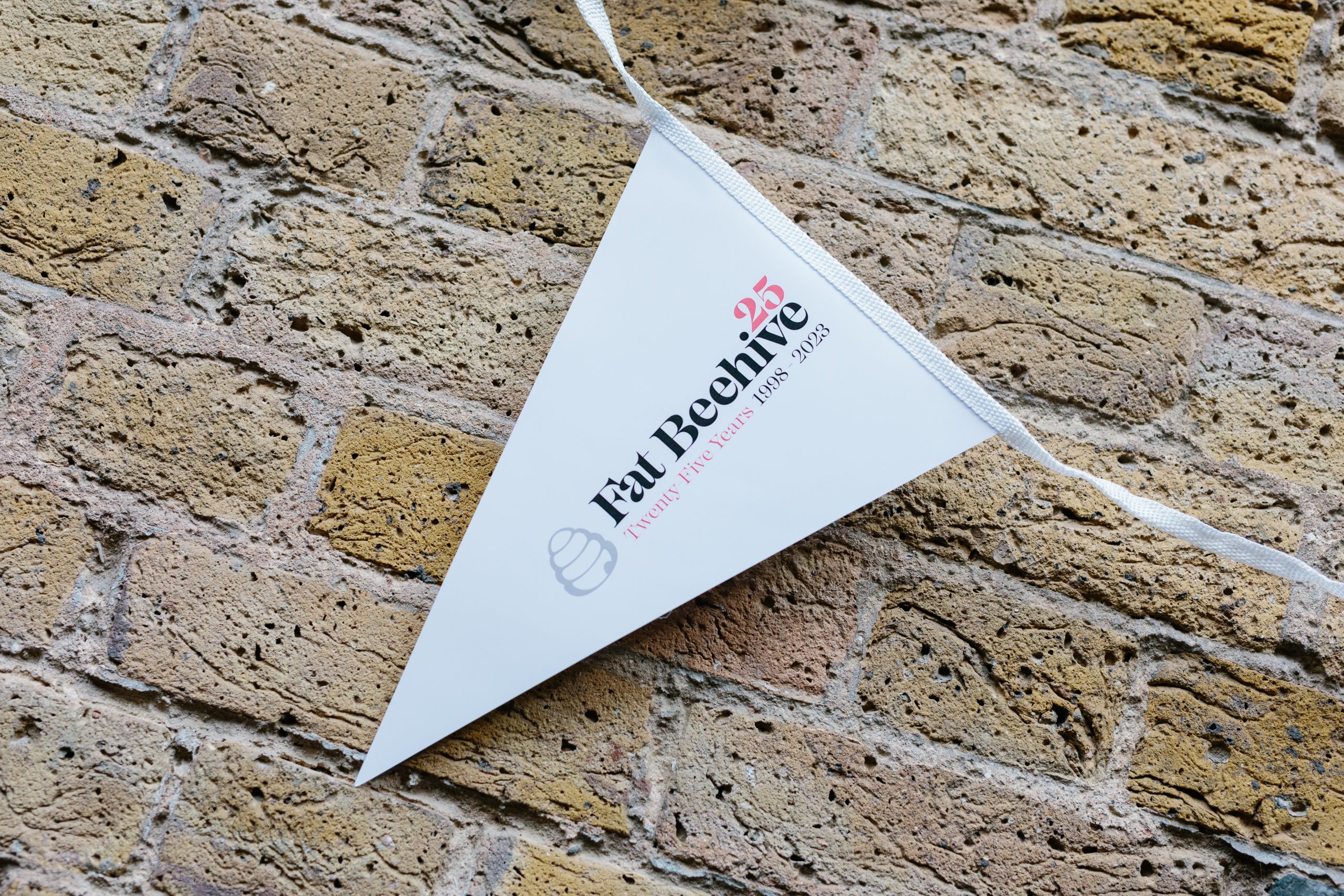One of the internet’s oldest memes is now 21 years old. It comes from the 30th episode of South Park and satirises bad business models with a three-step plan that goes something like this:
- Step one
- ???
- Profit
Appropriately enough, the meme has outlived many internet giants that failed to find that elusive Step Two, but it actually applies to web companies of all sizes, including those in the third sector.
For many, building a new website is viewed as the mysterious Step Two of this process, but the uncomfortable truth for anyone currently beavering away on something is that this on its own this is never enough to reach the magical Step Three. At best, it might be just one of those three question marks.
A new website is not a magic bullet
If you stop to think about this, the reason is pretty damned obvious: people need to be on your website to benefit from the fresh lick of paint and complex functionality it’s received. And getting to that point is a whole journey in itself. Your new, improved site could have the addictive pull of Reddit, the stickiness of YouTube and the social draw of Facebook, but if nobody knows it exists, that all counts for nought.
It’s harsh, but entirely logical. There are an estimated two billion sites on the internet – if you build it, they won’t simply come.
Stumbling across any given one by chance is enormously unlikely, which means you’re counting on one of three things:
- People knowing about your site and typing the URL directly into a browser (direct traffic)
- People finding you via Google (search traffic)
- People finding you via another website linking to yours (referral traffic).
Of these, only B and C can be influenced by the website itself, and it’s a far-from-exact science. In short, to stand a chance with B, your website can (and should!) be built to be SEO friendly, with nice, clean search engine-friendly code and a planned strategy for the keywords you intend to chase. And if your website is an absolute joy to use and your cause is strong enough, then C should be helped along too. No guarantees, but you’re on the right track, at least.
Point A, though, is a whole different kettle of fish, and that’s where the traditional arts of marketing, branding and communications come into play. The good news is that the way these work online is remarkably similar to how you’d push an offline-only product or brand. It means getting the word out about your charity, through social media and paid targeted advertising at people who are likely to be sympathetic to your cause.
The likes of Facebook and Instagram make it very easy to directly target people via their interests and demographics, while Google lets you attach adverts to specific search terms, tapping directly into their thought process at the moment they see your advert.
Thinking further outside the box, some charities have had remarkable success with viral marketing, getting into donors’ hearts and heads through unconventional methods, and there are plenty of commercial brands that would like to align themselves with good causes too.
With any luck, this kind of marketing and PR groundwork will also help indirectly with points B and C, too. More mentions of your site online mean more chance of people clicking through, and intra-site linking has always been a crucial part of how Google sorts the online wheat from the online chaff.
Where a new site shines
At this point, you may well be asking whether it’s worth spending money on a new website for your charity at all. Should that money just go directly on pushing more people to your old site using the methods above? If you seek good advice and follow best practice, then probably not. True, getting people to your website is essential, but it’s the new site itself that has the tough job of converting idle web browsers into committed donors.
That’s no mean feat, but a shiny new website can do this in a number of ways, from the subtle to the overt. It sets minds at ease, for a start: nobody wants to risk entering their card details into a site that looks like it could have been made on Geocities in 1997. But more importantly, a smart site redesign should provide an effective site journey for its visitors, gently but invisibly guiding them along a path that ultimately leads to them putting their hand in their pockets and supporting your charity.
That’s easier said than done, and it might not happen overnight – especially if you have an existing base of donors who could be initially confused by the unexpected new layout. Following best practice in terms of UI design, tone of voice and content strategy is a good start, but to really finetune the experience you’ll want to consider investing some time, money or both in A/B testing.
In other words, a new website isn’t a magic bullet that will provide instant traffic, success and conversion, but it can be an essential brick as you build towards that goal. Just make sure that you don’t spend all your budget on the website at the expense of your marketing, comms and advertising. If you do, you’ll be stuck in that 21-year-old South Park meme: forever wondering what those missing questions marks might represent.

